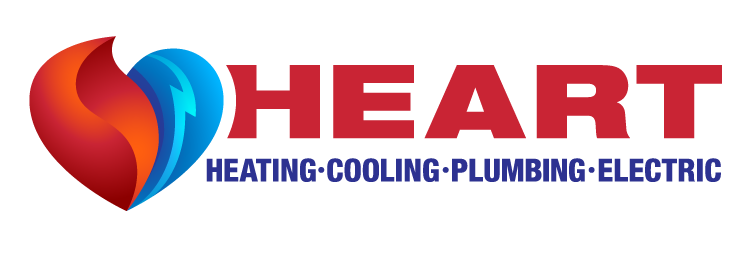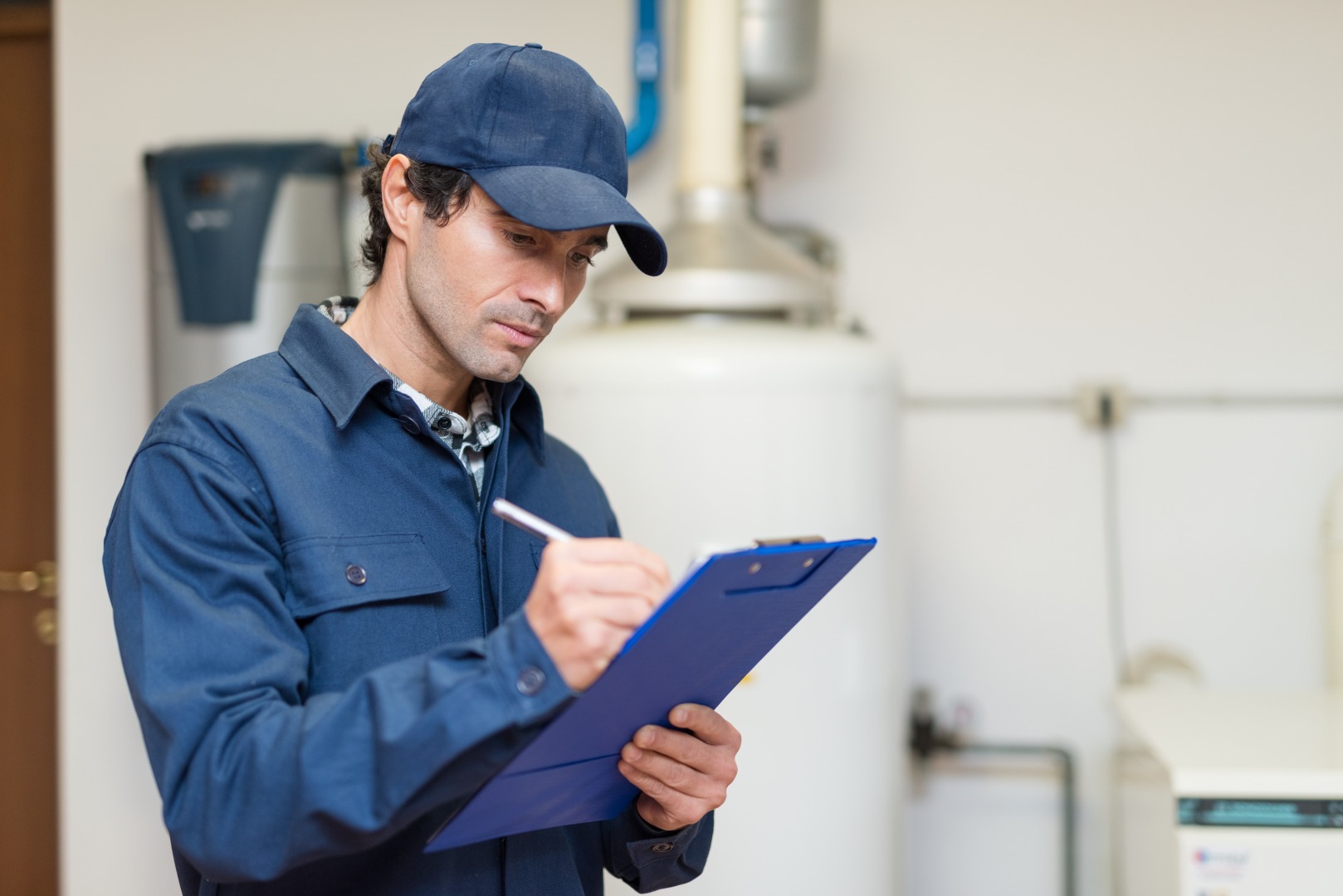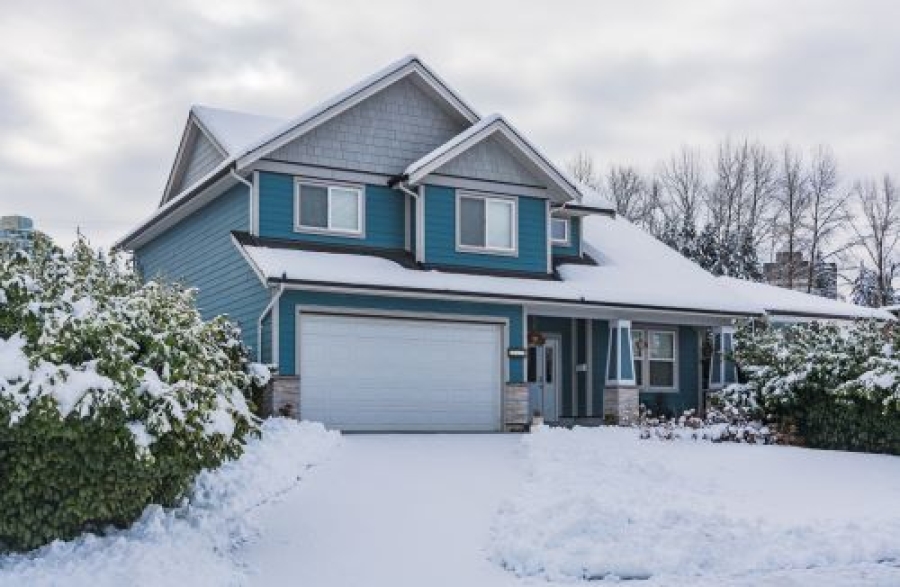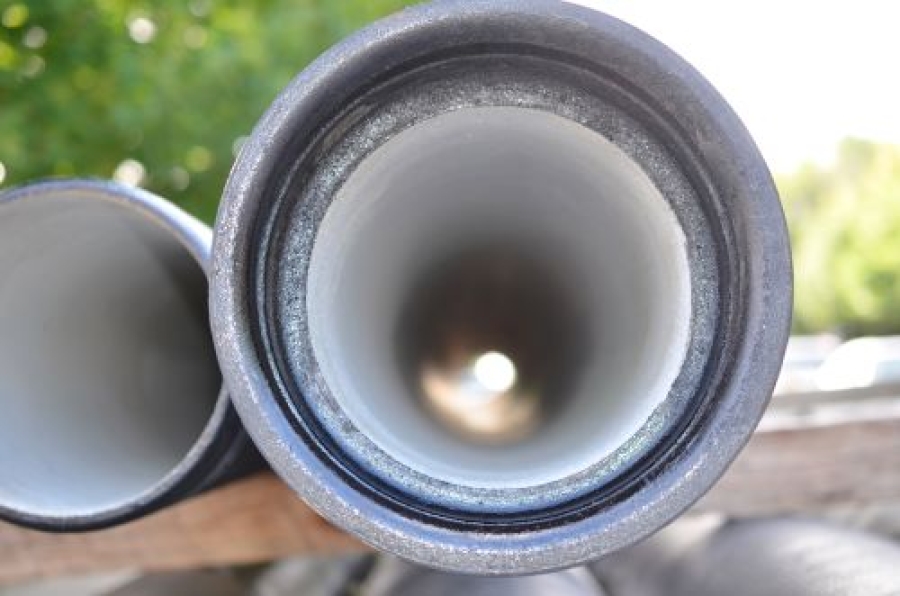Ensuring your furnace functions well, especially during the colder months, is vital for your home’s comfort and safety. Regular maintenance can prevent numerous issues, but understand that some repairs are common and necessary throughout your furnace’s lifespan. Being proactive can keep you warm and prevent unexpected breakdowns, ensuring your furnace operates efficiently when you need it most.
Understanding Your Furnace
Before diving into common furnace repairs, it’s crucial to grasp how your furnace works and the types you might have at home, such as gas, electric, or oil furnaces. Each type has its unique repair needs, but certain problems are universal. You’re likely to encounter issues like a faulty thermostat, showing symptoms like erratic heating or none at all, and the solution might range from a simple battery change to calling a professional. Ignition or pilot control problems can compromise your furnace’s ability to heat your home, whereas wear and tear on components like the blower belt and bearings can reduce efficiency. Regular maintenance, such as changing dirty or clogged filters, can prevent many issues, but you might still face mechanical wear, electrical issues, airflow problems, heat exchanger cracks, and unexplained noises. Each of these problems has specific signs to watch for and steps you can take, from DIY fixes to knowing when it’s time to seek professional help.
Preventative Maintenance Tips
Regular maintenance on your furnace can ward off many common issues, ensuring it runs efficiently and extends its lifespan. You should schedule an annual inspection to check for any potential problems; this typically includes examining the heat exchanger, cleaning the blower, and ensuring the motor is running smoothly. Between professional visits, there are several DIY maintenance tasks you can undertake, such as changing filters, cleaning vents, and checking thermostat settings. However, for more complex issues or if you’re unsure about a problem, it’s crucial to rely on professional services to keep your furnace in top condition. Remember, taking proactive steps in maintenance can save you from unexpected breakdowns and costly repairs down the line.
Detailed Explanation of Common Repairs
When you encounter common furnace problems such as a malfunctioning thermostat, ignition issues, or mechanical wear, understanding the repair process can be incredibly helpful. For instance, replacing a faulty thermostat might involve selecting a compatible model and recalibrating your heating system, while fixing ignition problems could require cleaning the ignition sensor or replacing it. The costs for these repairs can vary widely, from a nominal fee for replacing a filter to more significant expenses for parts like motors or heat exchangers. Knowing what these repairs entail will help you better understand the quotes provided by HVAC professionals.
Safety Precautions
Safety should always be your top priority when attempting any DIY furnace maintenance. Always turn off the power to your furnace at the electrical breaker and the gas supply (for gas furnaces) to prevent accidents. Use only the tools and methods recommended by your furnace manufacturer, and wear protective gear as necessary. It’s crucial to recognize which repairs are safe to DIY and which require professional expertise, especially when dealing with gas lines or electrical components, to avoid risking your safety or damaging your furnace.
Troubleshooting Guide
Before calling a professional for every furnace hiccup, a basic troubleshooting guide can be invaluable. If your furnace isn’t turning on, check the thermostat settings and power supply. A furnace blowing cold air might have issues with its pilot light or ignition system, which you can inspect visually. Always refer to your furnace’s manual for model-specific guidance and remember that if the problem persists or you’re unsure, it’s best to consult a professional to avoid causing further damage.
Importance of Professional Certification
When it comes time to hire an HVAC technician, ensuring they are certified is crucial. Certified technicians have undergone rigorous training and are up to date with the latest furnace technology and repair techniques. You can verify a technician’s certification by asking for their credentials and checking with the issuing authority. Hiring a certified professional ensures that repairs are done safely and correctly, protecting your home and your furnace’s warranty.
Cost Considerations
Understanding the potential costs associated with furnace repairs and maintenance can help you budget effectively. Simple maintenance tasks like changing filters or cleaning sensors might cost very little, especially if you do them yourself. However, more complex repairs, such as replacing a blower motor or heat exchanger, can be more costly. Regular maintenance visits are generally more affordable and can prevent the need for more expensive emergency repairs down the line.
Warranty Information
Regular maintenance by a certified professional can ensure your furnace’s warranty remains valid. Many manufacturers require proof of annual maintenance to honor the warranty. Failure to perform regular maintenance or having repairs done by uncertified individuals may void your warranty, leaving you responsible for the full cost of any future repairs. Always keep records of maintenance and repairs in case you need to claim your warranty.
Energy Efficiency and Furnace Performance
Finally, regular furnace maintenance and timely repairs can significantly improve your furnace’s energy efficiency, leading to lower utility bills. Issues like dirty filters, leaks in the ductwork, or a malfunctioning thermostat can cause your furnace to work harder than necessary, increasing your energy consumption. By addressing these issues promptly, you can ensure your furnace operates as efficiently as possible, keeping your home comfortable and your energy bills in check.
When to Call a Professional
Knowing when a furnace problem is beyond DIY repair is key to maintaining a safe and efficient heating system in your home. If you encounter issues such as strange noises, persistent performance problems despite changing filters, or signs of a carbon monoxide leak, it’s time to call a certified HVAC technician. The benefits of hiring a professional include expert diagnostics, warranty protection, and peace of mind knowing that the repair will be done safely and correctly. During a professional furnace repair visit, you can expect the technician to conduct a thorough inspection, diagnose the issue, and explain the necessary repairs before proceeding. They’ll also provide advice on preventing future issues, ensuring your furnace operates at its best.
Conclusion
Addressing furnace repairs promptly is crucial for ensuring your home remains warm and comfortable, especially during the colder months. By taking immediate action at the first sign of a problem, you can prevent minor issues from escalating into major, costly repairs. Regular maintenance is the cornerstone of extending the lifespan of your furnace and enhancing the overall comfort of your home. Remember, investing a little time and effort into maintaining your furnace can lead to significant savings and peace of mind in the long run.
Company Information:
Heart Heating, Cooling, Plumbing & Electric
4320 Barnes Rd unit 120, Colorado Springs, CO 80917, United States




